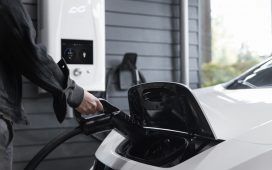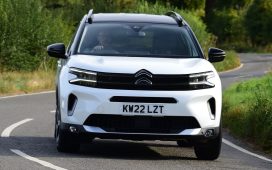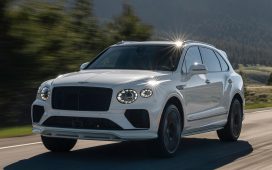There’s no reason why checking battery life on your EV shouldn’t be just as simple as checking the battery life on your phone. But, frustratingly, it’s not. And it’s understandable why that makes people edgy about buying a used EV.
The thing to remember is that EV battery longevity is very good these days, and as a rough guide you should expect one (regardless of whether it uses nickel-manganese-cobalt or lithium-iron-phosphate chemistry) to lose roughly 1.6% to 2.0% of capacity each year.
You can buy OBD-port readers that you can plug into an EV in order to get a read on its battery health, but even that can be a bit inaccurate, as it’s affected by the battery’s temperature at the time you take the reading, whether it has been fully cycled prior to testing and the OBD device’s own vagaries.
It’s still absolutely worth doing if you’re confident enough to take a device along when viewing a car you’re considering, but even better advice is to buy from a reputable dealer who is happy to provide a detailed report on the car’s battery health.
As a rough guide for battery health and range potential, you can of course go by the range readout on the car’s dash. Bear in mind that it will be affected by how the car has been driven previously, and some models are rather optimistic when fully charged (early Stellantis EVs are particularly guilty of this).
Going by the car’s long-term efficiency and calculating range from that tends to give a more realistic average real-world range. Owners’ clubs are also a great place to ask for feedback on a used EV’s realistic range.
If battery health is a concern, then a lower-mileage EV that hasn’t been rapid-charged too frequently is likely to be the best choice, but don’t discount high-mileage cars, because you may be pleasantly surprised by the battery health and real-world range even on a well-used EV.
Indeed, I drove a nine-year-old, 260,000-mile Tesla Model S that still had 84% of its original battery capacity remaining despite a life spent at Superchargers (Autocar, 6 November 2024).









